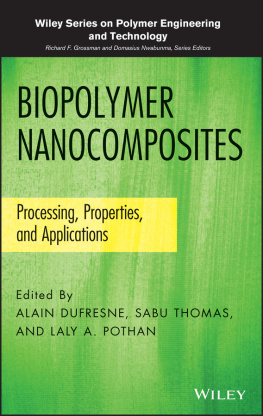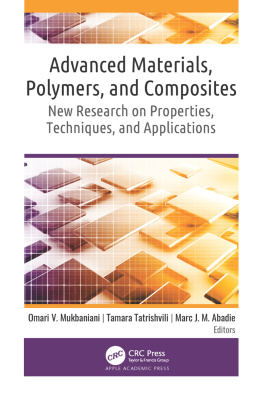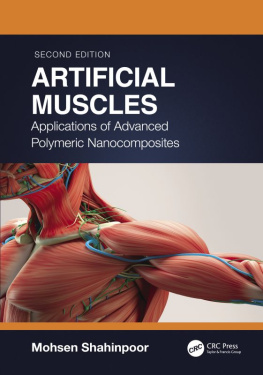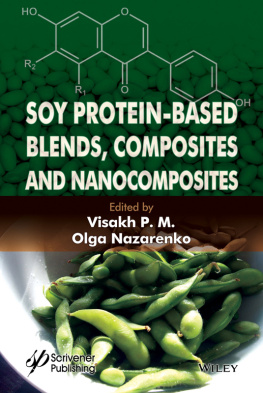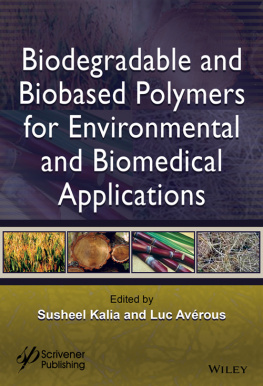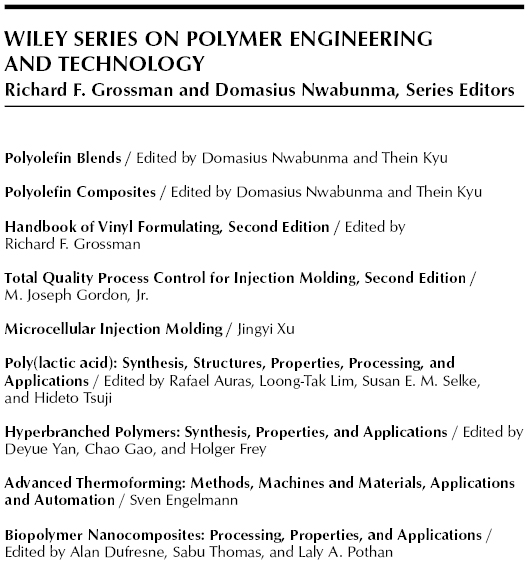
Table of Contents
Copyright 2013 by John Wiley & Sons, Inc. All rights reserved
Published by John Wiley & Sons, Inc., Hoboken, New Jersey
Published simultaneously in Canada
No part of this publication may be reproduced, stored in a retrieval system, or transmitted in any form or by any means, electronic, mechanical, photocopying, recording, scanning, or otherwise, except as permitted under Section 107 or 108 of the 1976 United States Copyright Act, without either the prior written permission of the Publisher, or authorization through payment of the appropriate per-copy fee to the Copyright Clearance Center, Inc., 222 Rosewood Drive, Danvers, MA 01923, (978) 750-8400, fax (978) 750-4470, or on the web at www.copyright.com. Requests to the Publisher for permission should be addressed to the Permissions Department, John Wiley & Sons, Inc., 111 River Street, Hoboken, NJ 07030, (201) 748-6011, fax (201) 748-6008, or online at http://www.wiley.com/go/permissions.
Limit of Liability/Disclaimer of Warranty: While the publisher and author have used their best efforts in preparing this book, they make no representations or warranties with respect to the accuracy or completeness of the contents of this book and specifically disclaim any implied warranties of merchantability or fitness for a particular purpose. No warranty may be created or extended by sales representatives or written sales materials. The advice and strategies contained herein may not be suitable for your situation. You should consult with a professional where appropriate. Neither the publisher nor author shall be liable for any loss of profit or any other commercial damages, including but not limited to special, incidental, consequential, or other damages.
For general information on our other products and services or for technical support, please contact our Customer Care Department within the United States at (800) 762-2974, outside the United States at (317) 572-3993 or fax (317) 572-4002.
Wiley also publishes its books in a variety of electronic formats. Some content that appears in print may not be available in electronic formats. For more information about Wiley products, visit our web site at www.wiley.com.
Library of Congress Cataloging-In-Publication Data:
Biopolymer nanocomposites : processing, properties, and applications / edited by Alain Dufresne, Sabu Thomas, Laly A. Pothan.
pages cm
Includes index.
ISBN 978-1-118-21835-8 (hardback)
1. Biopolymers. 2. Nanocomposites (Materials) I. Dufresne, Alain, 1962 editor of compilation. II. Thomas, Sabu, editor of compilation. III. Pothan, Laly A, editor of compilation.
TP248.65.P62B5457 2013
572dc23
2013002843
Foreword
It is important to minimize the environmental impact of materials production by decreasing the environmental footprint at every stage of their life cycle. Therefore, composites where the matrix and reinforcing phase are based on renewable resources have been the subject of extensive research. These efforts have generated environmental friendly applications for many uses such as for automotive, packaging, and household products to name some.
Cellulose is the most abundant biomass on the earth and its use in the preparation of biobased nanomaterials has gained a growing interest during the last ten years. This interest can be illustrated by how the number of scientific publications on the cellulose nanomaterial research has grown very rapidly and reached more the 600 scientific publications during 2011. The research topics have been extraction of cellulose nanofibers and nanocrystals from different raw material sources, their chemical modification, characterization of their properties, their use as additive or reinforcement in different polymers, composite preparation, as well as their ability to self-assemble.
Nanocelluloses, both fibers and crystals, have been shown to have promising and interesting properties, and the abundance of cellulosic waste residues has encouraged their utilization as a main raw material source. Cellulose nanofibers have high mechanical properties, which combined with their enormous surface area, low density, biocompatibility, biodegradability, and renewability make them interesting starting materials for many different uses, especially when combined with biobased polymers. Since bionanocomposites are a relatively new research area, it is necessary to further develop processing methods to make these nanomaterials available on a large scale, so that new applications based on them can be developed.
Information about this emerging research field could also prove to be a catalyst and motivator not only for industries but also to a large number of students and young scientists. A matrix of tools that could aid such work could be developed through research enterprise. The book Biopolymer Nanocomposites: Processing, Properties, and Applications by Alain Dufresne, Sabu Thomas, and Laly A. Pothan, as the authors themselves have pointed out elsewhere, is an attempt to introduce various biopolymers and bionanocomposites to a student of materials science. Going beyond mere introduction, the book delves deep into the characteristics of various biopolymers and bionanocomposites and discusses the nuances of their preparation with a view to helping researchers find out newer and novel applications. Students, researchers, and industrialists in the field of biocomposites will be greatly benefitted by this book since its chapters are authored by an impressive array of prominent current researchers in this field. Sincere attempts like this at promoting the use of green materials for sustainable growth of humanity should be lauded indeed.
K ristiina O ksman
Lule University of Technology
Contributors
Debbie P. Anderson, Bioproducts and Bioprocesses National Science Program, Agriculture and Agri-Food Canada, Saskatoon, SK, Canada
Hlne Angellier-Coussy, UnitMixte de RechercheIngnierie des Agropolymres et Technologies Emergentes, INRA/ENSA.M/UMII/CIRAD, Universit Montpellier II, Montpellier Cedex, France
Mirta I. Aranguren, INTEMA-CONICET, Facultad de Ingeniera-Universidad Nacional de Mar del Plata, Mar del Plata, Argentina
Joe Aspler, FPInnovations, Pointe Claire, QC, Canada
Stephanie Beck, FPInnovations, Pointe Claire, QC, Canada
Richard Berry, FPInnovations, Pointe Claire, QC, Canada
Jean Bouchard, FPInnovations, Pointe Claire, QC, Canada
John A. Carver, School of Chemistry and Physics, The University of Adelaide, Adelaide, SA, Australia; Research School of Chemistry, Australian National University, ACT, Australia
Georgeta Cazacu, PetruPoni Institute of Macromolecular Chemistry, Physical Chemistry of Polymers Department, Ghica Voda Alley, Iasi, Romania
Pascale Chalier, Unit Mixte de Recherche Ingnierie des Agropolymres et Technologies Emergentes, INRA/ENSA.M/UMII/CIRAD, Universit Montpellier II, Montpellier Cedex, France
Peter R. Chang, Bioproducts and Bioprocesses National Science Program, Agriculture and Agri-Food Canada, Saskatoon, SK, Canada; Department of Chemical and Biological Engineering, University of Saskatchewan, Saskatoon, SK, Canada
B. Deepa, Department of Chemistry, Bishop Moore College, Mavelikara, Kerala, India; Department of Chemistry, C.M.S. College, Kottayam, Kerala, India

